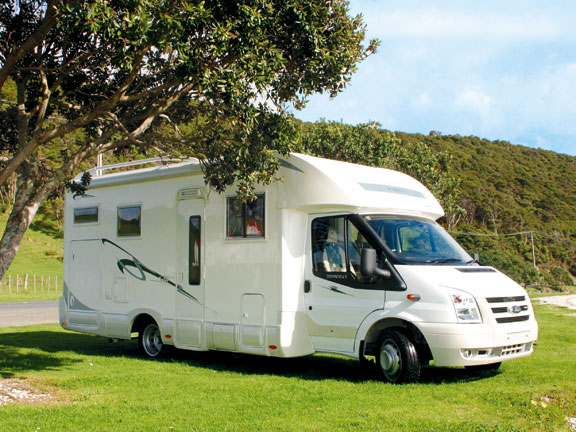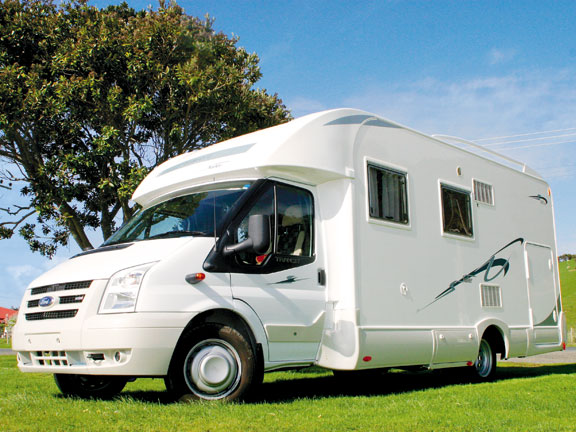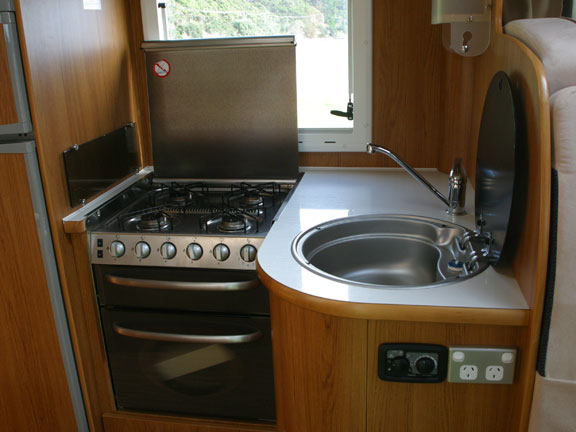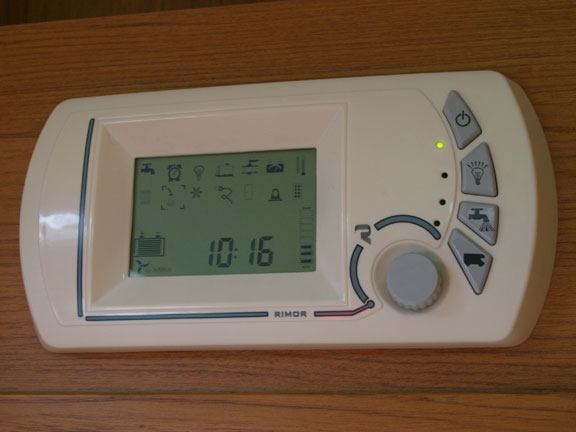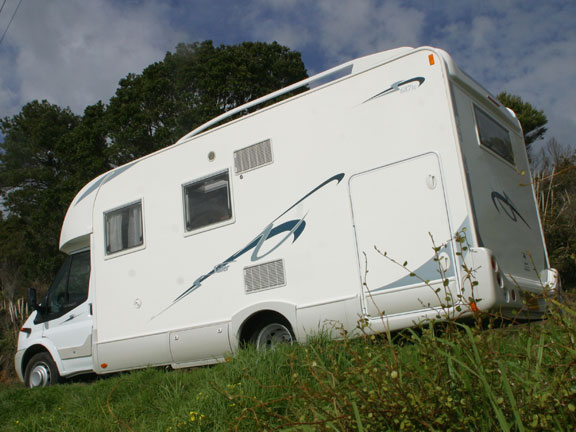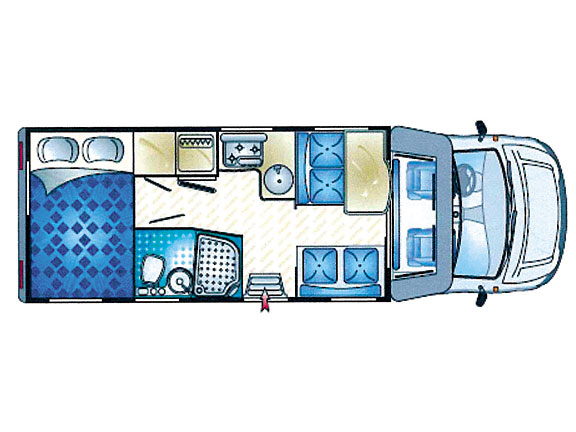- Low profile aerodynamics make the Rimor Sailer a breeze to drive
- Loads of room in the rear storage “garage”
- Great visibility from the cab
- The engine offers plenty of power, with added punch from the turbo
- The layout is classy and practical

Review: JAC T9
For those passionate about adventuring with their caravan, one of the most important keys to success is a competent tow vehicle. We take a look at a newcomer to the market – the JAC T9.

